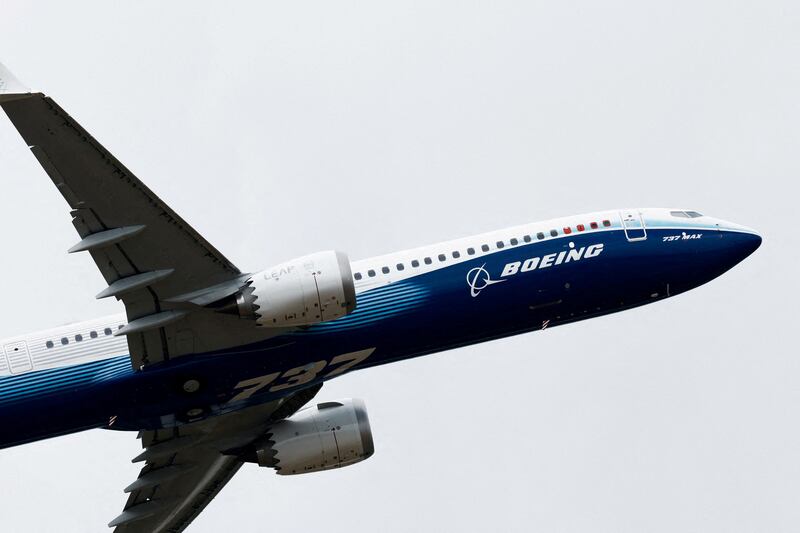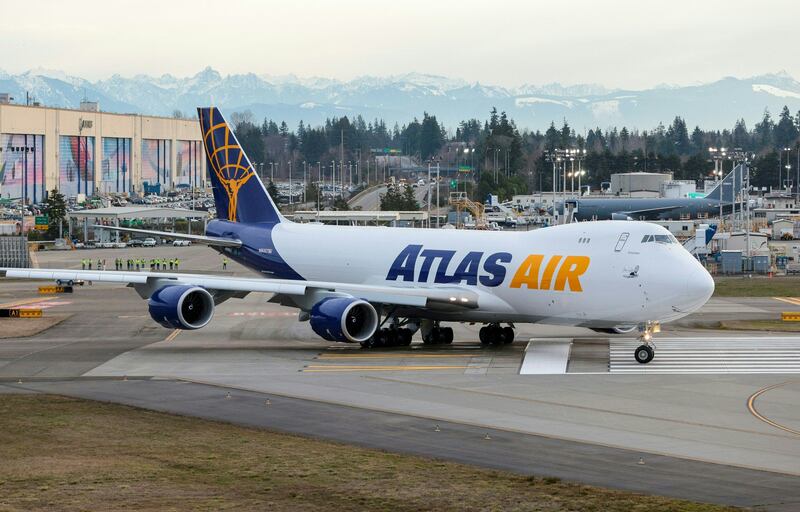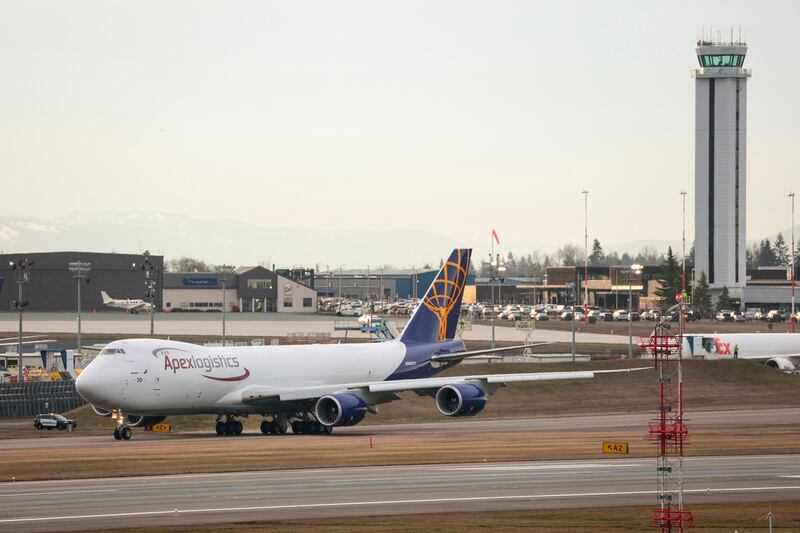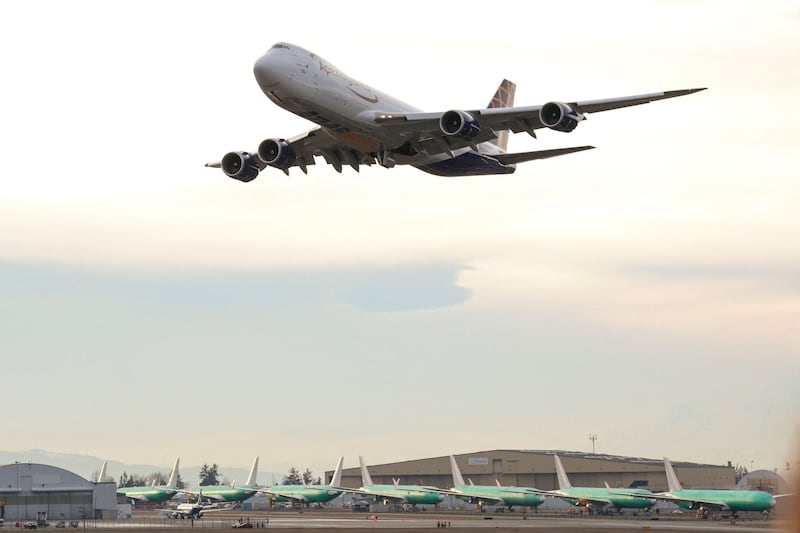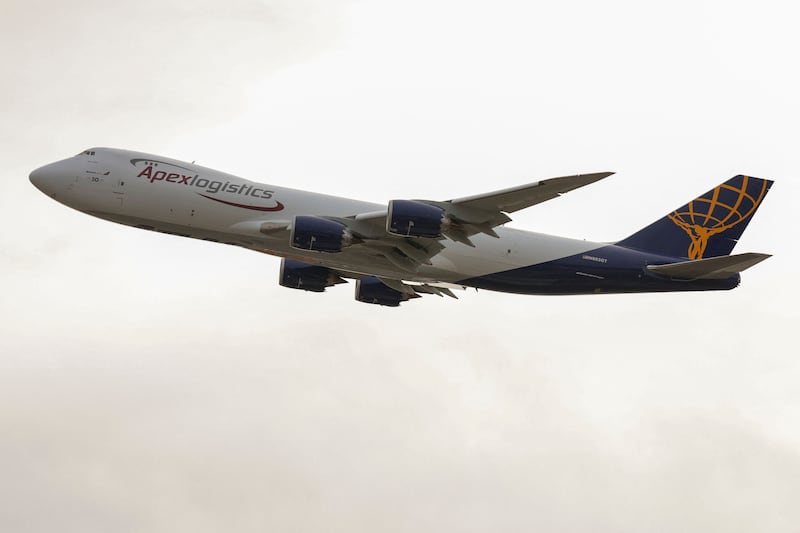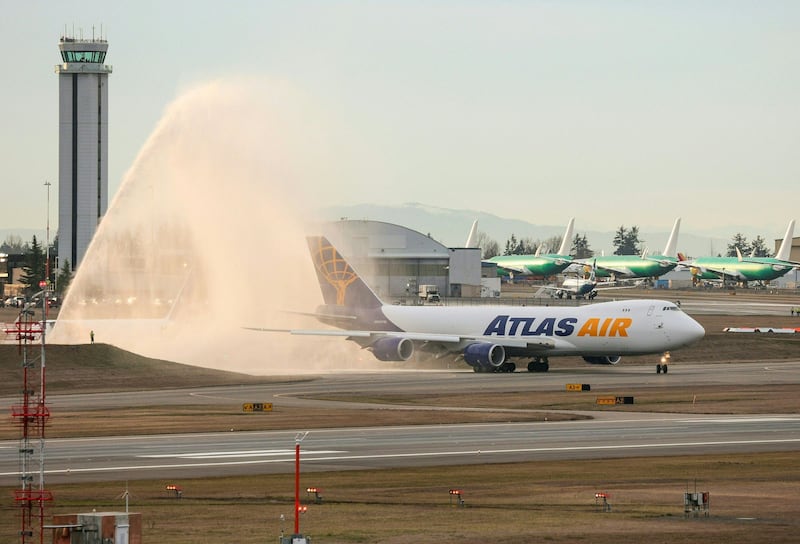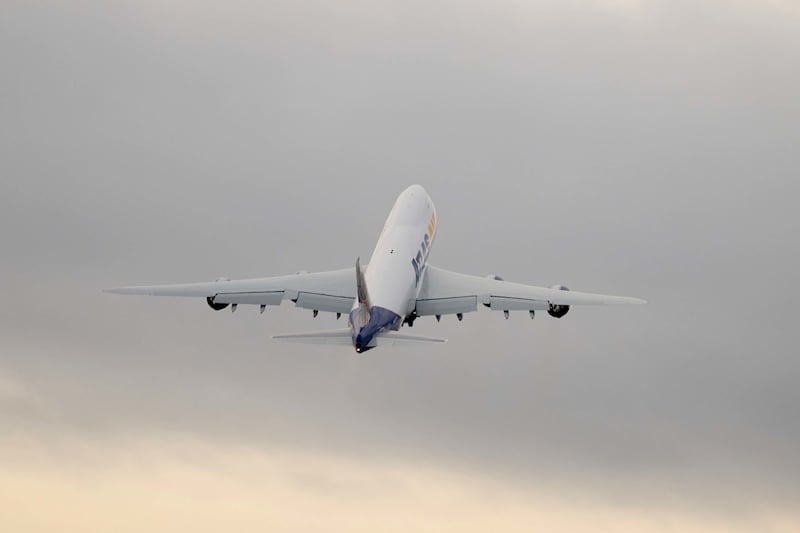Boeing reported a net loss of $1.6 billion in the third quarter on the back of higher costs at its defence unit and fewer deliveries of its best-selling 737 aircraft due to supplier problems, marking its ninth consecutive money-losing quarter.
The US plane maker narrowed its losses from $3.3 billion in the same quarter last year.
Revenue in the three-month period rose 13 per cent year-on-year to $18.1 billion, Boeing said in a statement on Wednesday.
The aircraft manufacturer also reaffirmed its goal of $3 billion to $5 billion in free cash flow this year.
“We continue to progress in our recovery and despite near-term challenges, we remain on track to meet the financial goals we set for this year and for the long term,” Dave Calhoun, Boeing's president and chief executive, said.
“We are focused on driving stability in our supply chain and improving operational performance as we steadily increase production rates to meet strong demand.”

Boeing cut its 737 delivery target for this year, citing production quality problems at its biggest supplier Spirit AeroSystems, which makes fuselages for the highly sought narrow-body jets.
The defect involved Spirit Aerosystems drilling “elongated” fastener holes in the aft pressure bulkhead in a way that did not conform to specifications
Boeing now expects to deliver 375 to 400 of its 737 aircraft this year, down from a previous target of 400 to 450 jets, as a result of the repair work required.
The Arlington, Virginia-based company expects to complete the transition to producing 38 of the 737 jets per month by year-end, with plans to increase to 50 per month in the 2025-2026 time frame, it said.
“The important work we're doing to add rigour around our quality systems and build a culture of transparently bringing forward any issue, no matter the size, can bring short-term challenges – but it is how we set ourselves on the right course for our long-term future,” Mr Calhoun said.
“Leading with safety, quality and transparency, we will continue to restore our operational and financial strength.”
Boeing still expects to deliver 70 to 80 of its 787 Dreamliner this year, keeping intact its delivery target for the wide-body jet. The company is transitioning production to five 787s per month and plans to increase to 10 per month in the 2025-2026 period.
Revenue in the July-September period at Boeing's commercial aircraft unit rose 25 per cent year-on-year to $7.9 billion, driven by higher 787 deliveries.
Boeing delivered 105 aircraft during the period, down from 112 in the third quarter of 2022, it said.
It secured 398 net orders during the quarter, including 150 737 Max-10 planes for Ryanair, 50 of the 787 aircraft for United Airlines, and 39 of the 787s for Saudia.
The unit's backlog included more than 5,100 aircraft valued at $392 billion.
Boeing's defence, space and security unit's quarterly revenue rose 3 per cent year-on-year to $5.5 billion.
The unit took a $482 million loss on its Air Force One programme, driven by higher estimated manufacturing costs related to “engineering changes and labour instability, as well as resolution of supplier negotiations”, it said.
The unit also incurred $315 million in losses on a satellite contract due to estimated customer considerations and increased costs.
